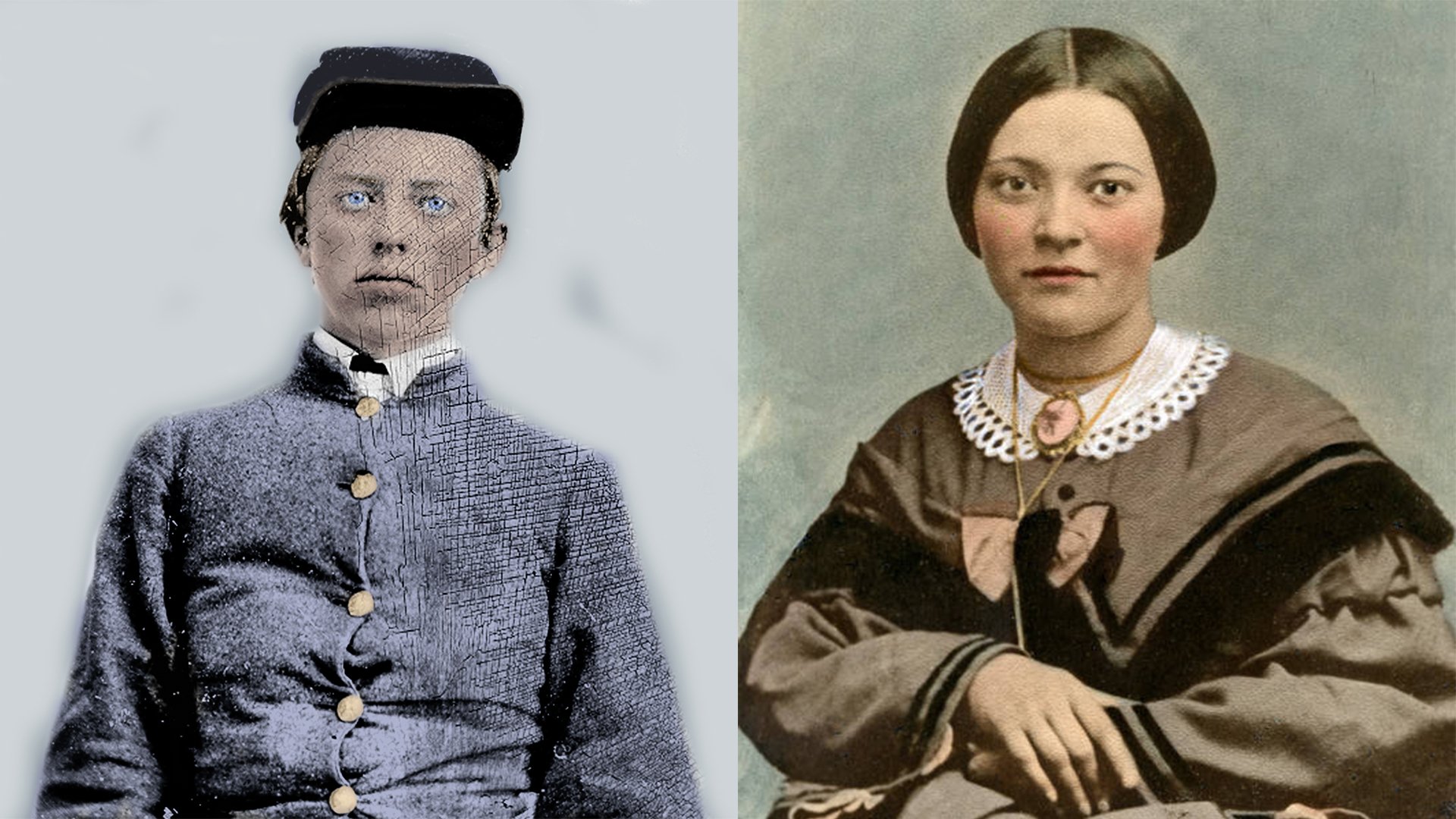
People
Learn about the Civil War in the Valley from the stories of the men, women, soldiers, and civilians that lived through it
David Hunter
General (USA)
July 21, 1802 — February 2, 1886
Gen. David Hunter became the target of criticism following the Battle of Lynchburg. Eventually, he would be relieved of his duties by Gen. Philip Sheridan.
Soon after the firing on Fort Sumter, Hunter was promoted to colonel of the 6th U.S. Cavalry, but three days later (May 17, 1861), his political connection to the Lincoln administration bore fruit and he was appointed the fourth-ranking brigadier general of volunteers, commanding a brigade in the Department of Washington. He was wounded in the neck and cheek while commanding a division under Irvin McDowell at the First Battle of Bull Run in July 1861. In August, he was promoted to major general of volunteers. He served as a division commander in the Western Army under Maj. Gen. John C. Frémont, and was appointed as commander of the Western Department on November 2, 1861, after Frémont was relieved of command due to his attempt to emancipate the slaves of rebellious slave holders. That winter, Hunter was transferred to command the Department of Kansas and, in March 1862, was transferred again to command the Department of the South and the X Corps.
Hunter served as the president of the court-martial of Maj. Gen. Fitz John Porter (convicted for his actions at the Second Battle of Bull Run, but for which he was exonerated by an 1878 Board of Officers), and on the committee that investigated the loss of Harpers Ferry in the Maryland Campaign. He also served briefly as the Assistant Inspector General of the Department of the Gulf.
In the Valley Campaigns of 1864, Union Maj. Gen. Franz Sigel was ordered by Lt. Gen. Ulysses S. Grant to move into the Shenandoah Valley, threaten railroads and the agricultural economy there, and distract Robert E. Lee while Grant fought him in eastern Virginia. Sigel did a poor job, losing immediately at the Battle of New Market to a force that included cadets from the Virginia Military Institute (VMI). Hunter replaced Sigel in command of the Army of the Shenandoah and the Department of West Virginia on May 21, 1864. Grant ordered Hunter to employ scorched earth tactics similar to those that would be used later in that year during Sherman’s March to the Sea; he was to move through Staunton to Charlottesville and Lynchburg, “living off the country” and destroying the Virginia Central Railroad “beyond possibility of repair for weeks.” Lee was concerned enough about Hunter that he dispatched a corps under Lt. Gen. Jubal A. Early to deal with him.
Hunter’s campaign in the Valley came to an end after he was defeated by Early at the Battle of Lynchburg on June 18. His headquarters was at Sandusky House, listed on the National Register of Historic Places in 1982, and now operated as a house museum. Grant brought in Maj. Gen. Philip Sheridan, making him Hunter’s subordinate, but making it clear that Sheridan would lead the troops in the field and that Hunter would be left with only administrative responsibilities. Hunter, feeling that Grant had a lack of confidence in him, requested to be relieved. He would serve in no more combat commands. He was promoted to brevet major general in the regular army on March 13, 1865, an honor that was relatively common for senior officers late in the war.

